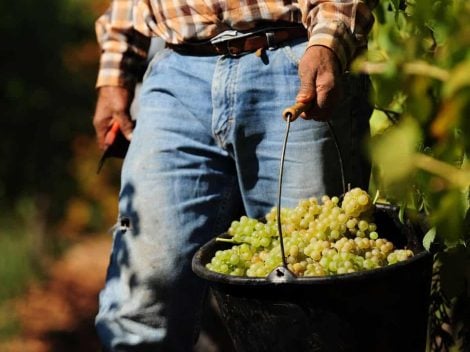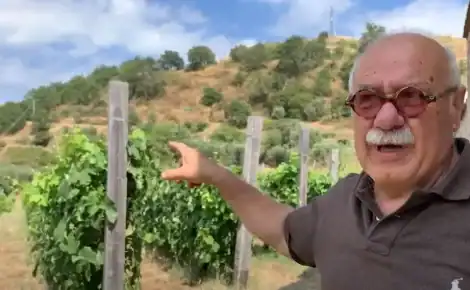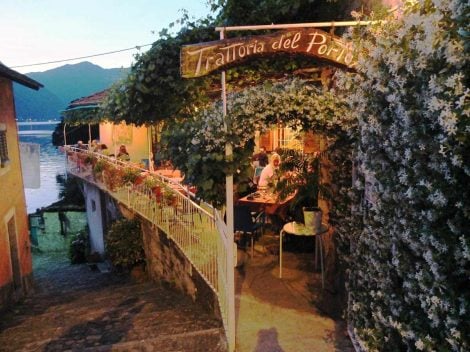Already in 1384, an image of the black rooster was chosen to identify the Chianti League, a political institution created to delimit the wine production territory. From then on, a great story for one of the most famous Italian wines in the world. So why do we talk about it as an "emerging" area to focus on? Said like that, the paradox is evident. Also because if the founders of this denomination showed courage and vision, in recent years - between the nineties and the early 2000s - mistakes were made, so much so that the name Chianti Classico seemed quite declined and if some passionate enthusiasts continued to follow the best labels, for the general public the name had become synonymous with a certain dustiness out of tune with the new ways of drinking (and still too often confused with the more generic Chianti). And yet... And yet, for some time now, a new face of Chianti Classico has been emerging. So much so that it can be a model for the challenge with the future from several other Italian wine regions.
A new reality
Today, it is perceived through many of the wines born in Chianti Classico, a Denomination oriented towards the future, capable of not being caught off guard by the challenges of time. The moments when the Supertuscans reigned seem distant: then, the international grape varieties used in blending with Sangiovese were called improvements and the adjectives used to describe Chianti Classico were very close to those used by Mario Soldati in the pages of Vino al Vino... a strong, dense, clinging wine that needs to be aged in barrels to be normally drunk. Today, probably, there seems to be no other district of Italian wine that is so structurally equipped to face the next trials starting from those on climate change.
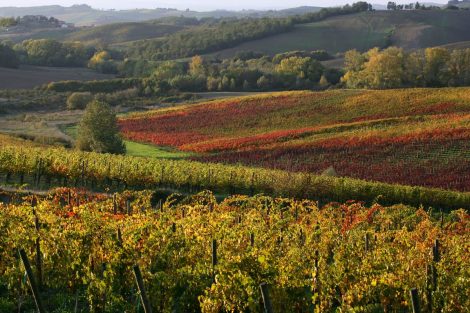
Landscape of Chianti territory
Woods and biodiversity
Here nature still gives a great presence of woods that protect biodiversity. A nature capable of offering both high hills, with climates attributable to the most continental ones, and valleys that bring out more Mediterranean traits.
Maurizio Alongi, creator of the "small great project" Vigna Barbischio, has very clear ideas about this: "Chianti Classico is now experiencing a period of excellent health - he asserts - This is due to many factors, both internal to the denomination and also due to its average style, more in line with the trends of recent years. An extremely important element is the natural vocation of this territory to "contain" the climatic excesses that Sangiovese particularly suffers. Its pH, fortunately still tendentially low, allow the wines a momentum in freshness and contrast increasingly difficult to find outside this historic denomination".
Small artisans and large wineries
However, the challenges will be faced better also thanks to other factors. The entrepreneurial one for example. The territory develops through small artisanal realities and young enthusiasts who take risks; but also large and established historical wineries, offspring of noble families of wine that have been producing for generations or, still, it is the result of important investments that however approach the area with maximum respect for everything and everyone. The other test concerns the stylistic aspect. Most of the wines bottled express finesse, drinkability, elegance, and smoothness while maintaining a unique and identity character. The structure is shown through a vertical complexity, made of perfect harmony between tannins, acidity, and sapid thrust: far from overpowering alcoholic drifts, exaggerated extractions, excessive volumes.
A new wine
Angela Fronti, a young Chianti winemaker owner of a winery in Radda in Chianti with vineyards also in Castellina and Gaiole, passionately tells this "new area": "The richness of Chianti Classico is its complexity in all its facets... A vast territory, with gentle and impervious slopes, different soils softer in certain areas and more rocky in others, lively woods that fill our eyes and then vineyards cultivated with respect for the environment and the community. A lived land, of history and castles, dry stone walls, villas, and peasant houses. It is not a static area, everything is moving here: tradition is respected and inspiration is drawn from it to always do our best looking to the future. Here different protagonists and different generations work together. The wine is versatile and never tires. Elegant, sometimes austere, but fresh and lively, it lacks neither structure nor tannic imprint, but at the same time, it has great drinkability. You can sip it immediately or wait 20 years... and then, isn't it wonderful to find it both in the simple Grocery store and in the world's starred restaurants?" Here, we have found these stories in the glass: sips capable of delineating a common trait. And at the same time, they narrate the differences: there is Castellina and then Castelnuovo Berardegna, there is Gaiole and there are also Greve, Lamole, Montefioralle, Panzano, Radda, San Casciano, San Donato in Poggio, and Vagliagli.
Terroir on the label
These are the 11 Additional Geographic Units that can be put in black and white on the label, within the Gran Selezione, one of the latest innovations approved by the Consortium. But quality is certainly not only seen at the top of the pyramid, indeed. In recent years, we have tasted identity wines of great character both as Chianti Classicos of the most recent vintage, and as Riservas or Gran Selezione (which increasingly present themselves as wines from single vineyards). Wines that manage to be great companions at the table, ideal if we want to keep them in the cellar and always faithful to the territory. An image of high craftsmanship that Italy should always follow, made of respect, safeguarding, and genuineness. We tell you all this in the following selection: twenty Chianti Classico wines (2019, 2020, and 2021) that outline the present, but above all the future of the Denomination: you can feel the artisanal dimension (whether they are small or large companies: about half own less than ten hectares), of territoriality, finesse, elegance of drinkability, and of deep respect and enhancement of the environment in which they are born: most are organic. Essential for those who want to consider themselves a great wine company.
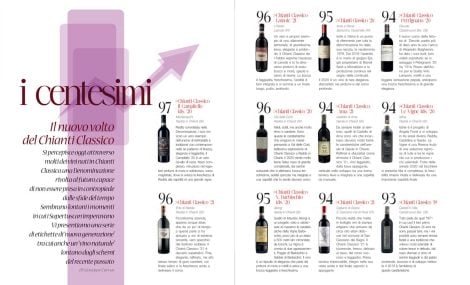
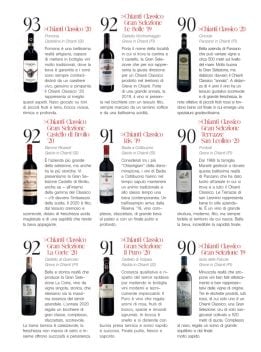
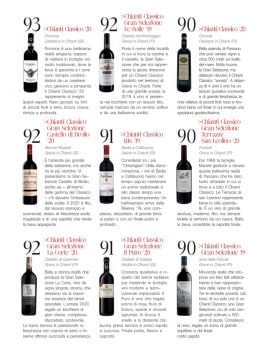

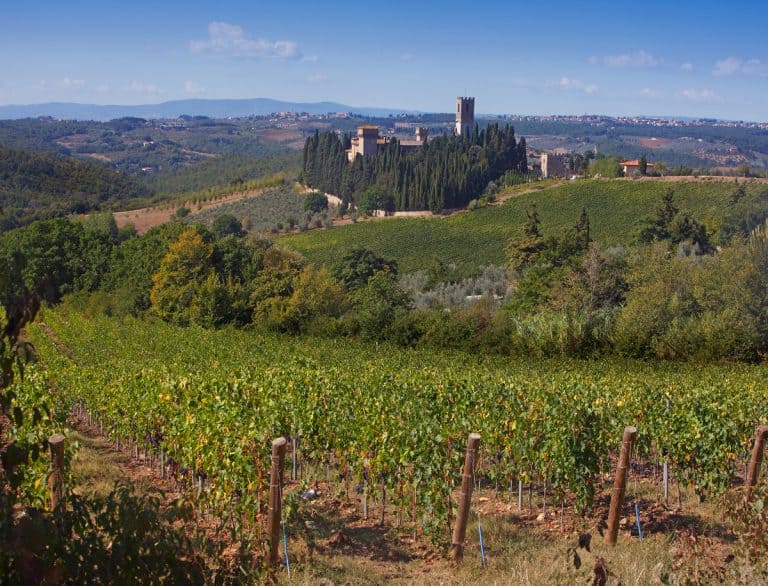
 Diego Rossi of Trippa opens a new osteria: what you can eat at Nino Osteria con Cucina in Milan
Diego Rossi of Trippa opens a new osteria: what you can eat at Nino Osteria con Cucina in Milan How you eat at Sentiero, the restaurant Elba Island was missing
How you eat at Sentiero, the restaurant Elba Island was missing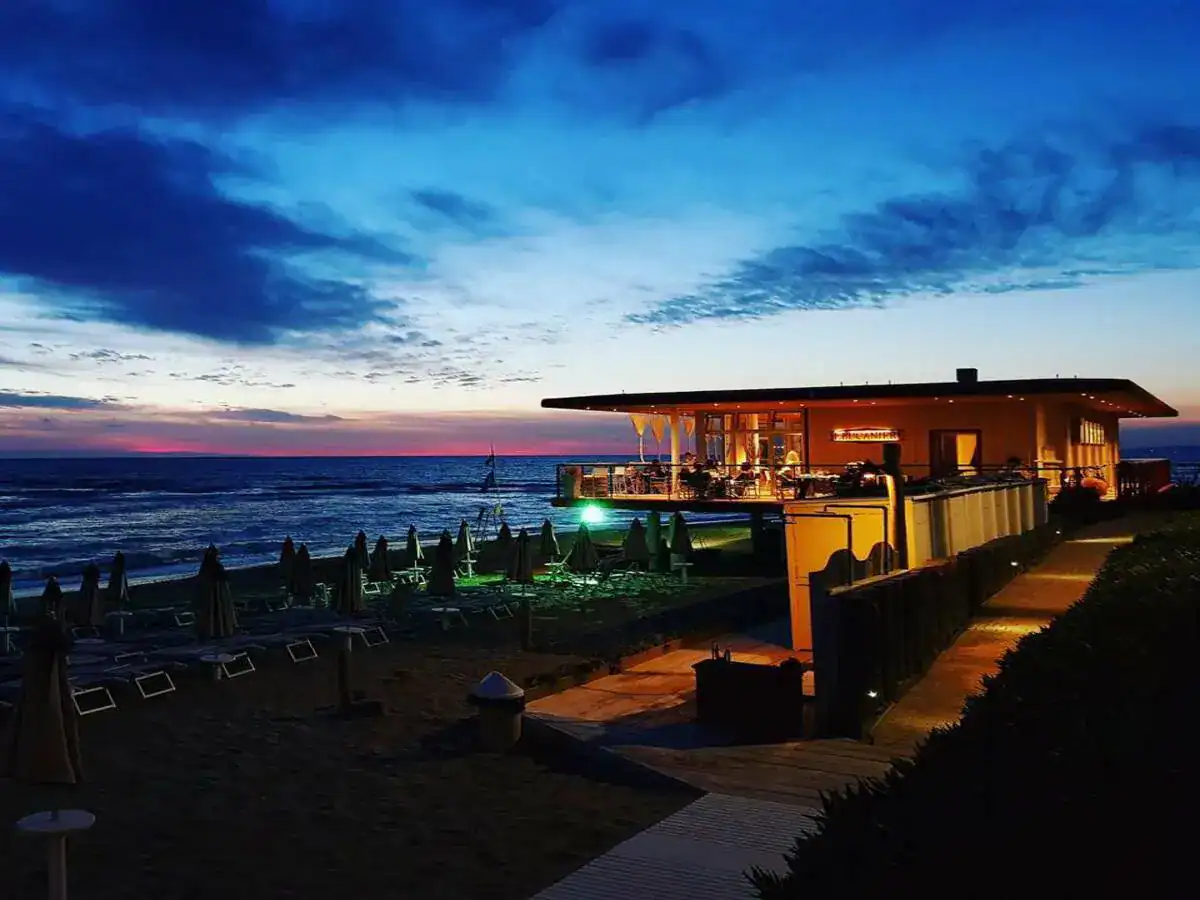 Eating by the sea in Tuscany. The best beachfront restaurants selected by Gambero Rosso
Eating by the sea in Tuscany. The best beachfront restaurants selected by Gambero Rosso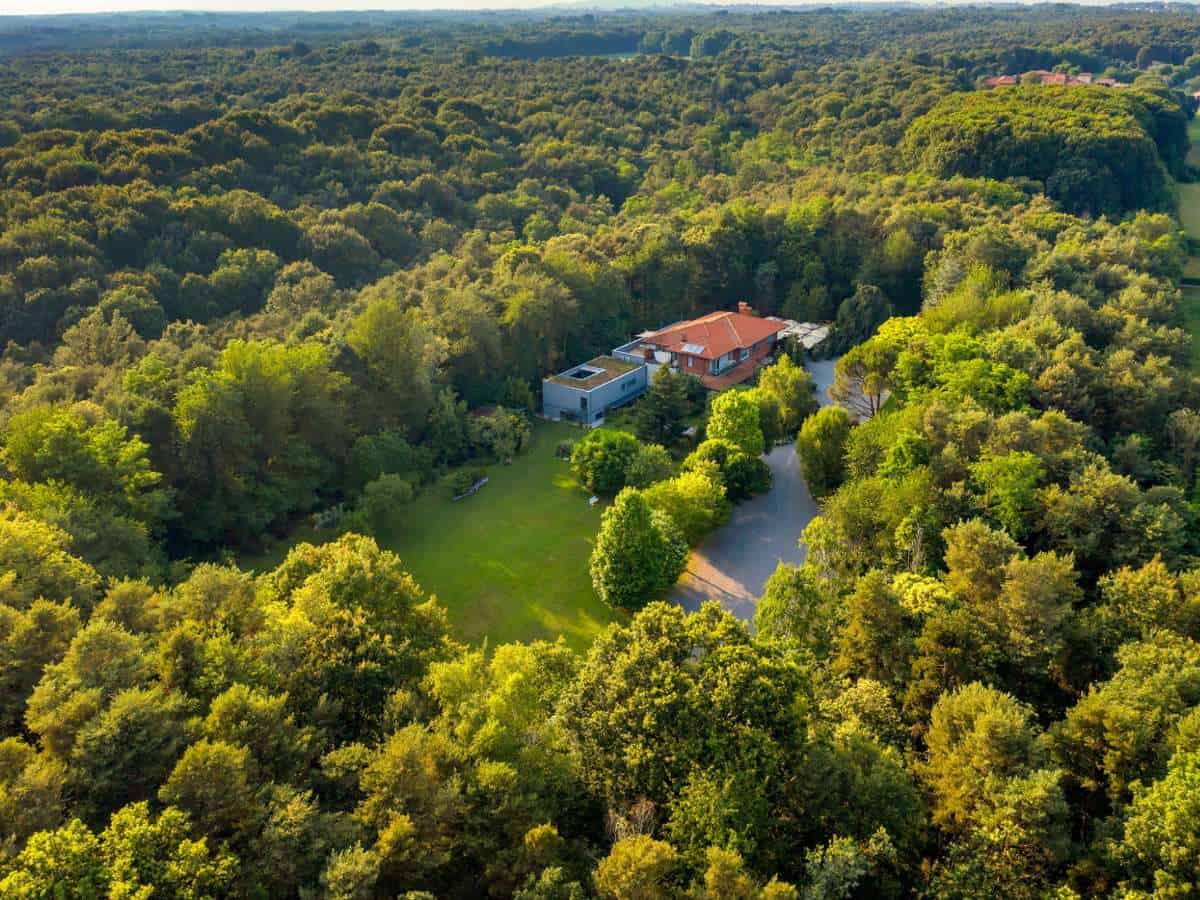 Contemporary cuisine, farmhouses and pinewoods. The hidden restaurant in the nature park near Como
Contemporary cuisine, farmhouses and pinewoods. The hidden restaurant in the nature park near Como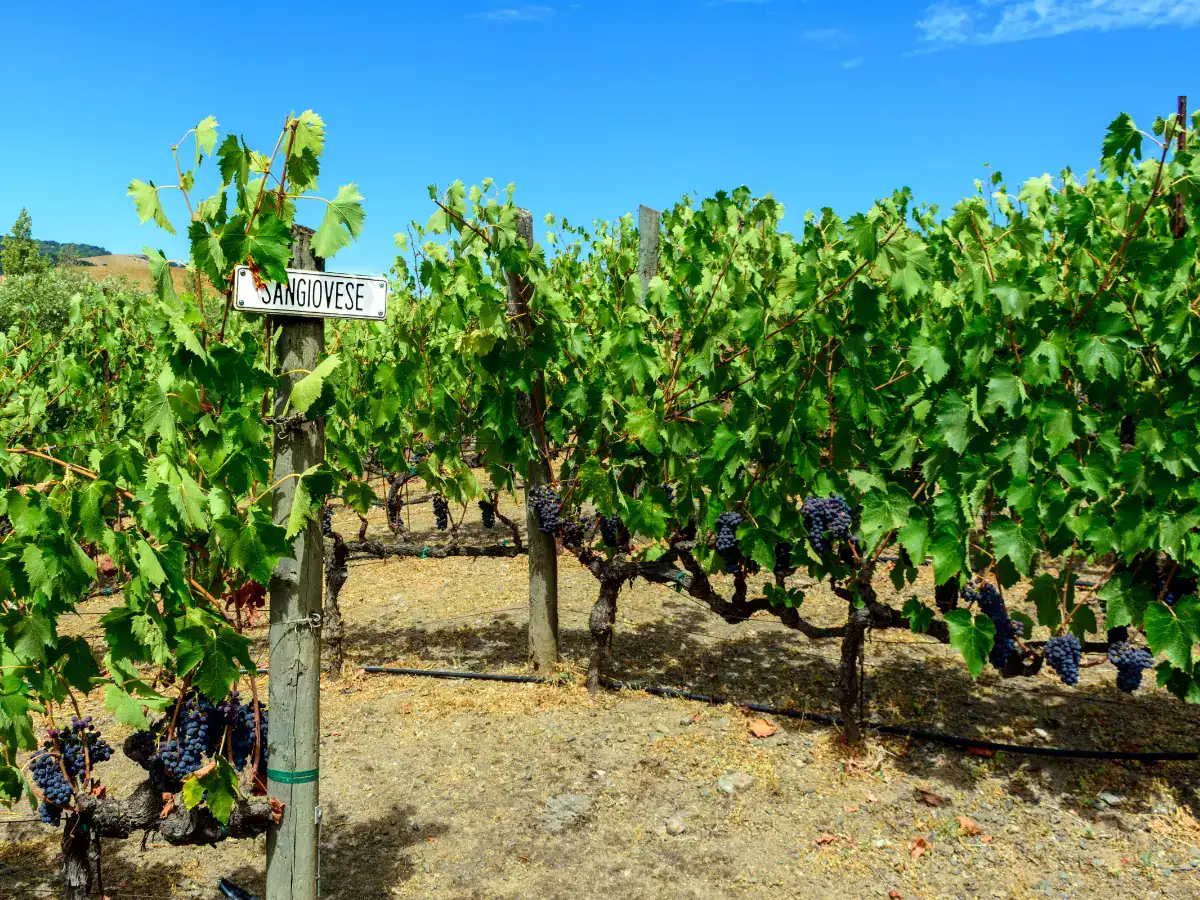 California rediscovers Sangiovese. A brief history of the revival of a forgotten grape variety in the United States
California rediscovers Sangiovese. A brief history of the revival of a forgotten grape variety in the United States


